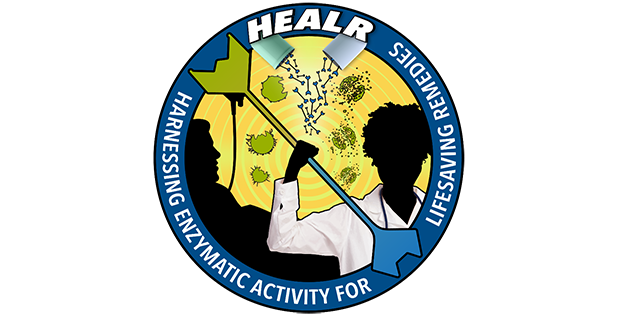DARPA Project to Counter Superbugs Moves Forward
A growing concern in the medical field has been the rise of “superbugs”, or infectious microbes capable of withstanding many common antibiotics. Through the process of evolution, resistance to antibiotics has gradually built up among some microbes leading some to hypothesize about a future where humanity is as powerless against some disease as it was 300 years ago. These threats have also been noted by the US military with antimicrobial resistant (AMR) and multidrug resistant (MDR) pathogens complicating the treatment of wounded soldiers in the Middle East.
In light of this, DARPA has undertaken research focused on pushing back against this biological threat. This includes the Harnessing Enzymatic Activity for Lifesaving Remedies (HEALR) program which the agency describes as follows:
“HEALR seeks to establish an orthogonal approach to treating microbial infections by harnessing advancements in recruiting native cellular host machinery to recognize and eliminate disease-related targets. Specifically, HEALR will develop new medical countermeasures (MCMs) that result in host-driven degradation or deactivation of pathogen targets. By harnessing innate cellular processes, approaches such as proteolysis targeting chimeras (PROTACs) and similar methods can achieve superior outcomes over existing therapies.”
As part of this program, DARPA announced on 8 August,h that it had selected three teams to lead the effort against multi-drug resistant microbes.
- “The Yale team will focus on using synthetic chemistry and the body’s own protein recycling systems to destroy bacterial pathogens.”
- “The University of Washington plans to create and refine tools that allow for the manipulation of the relationship between the human body and an invading bacterium to neutralize and destroy the invader.”
- “The Broad Institute will use chemical biology, chemistry, and drug discovery methodologies to discover and exploit key weaknesses in a pathogen, then leverage the body’s elimination mechanisms to destroy them.”
The program is designed to take four-and-a-half years and planned as a three-stage process. “During the 24-month Phase 1, efforts will focus on the targeting ends of the HEALR therapeutic and showing the effectiveness of the HEALR concept. In the 18-month Phase 2, performers will seek to further refine the technology, and demonstrate therapeutic efficacy against a pathogenic target assigned by the DARPA team”. Finally, the resulting products will be sent to the Food and Drug administration for review.
The full DARPA announcement is available here.

